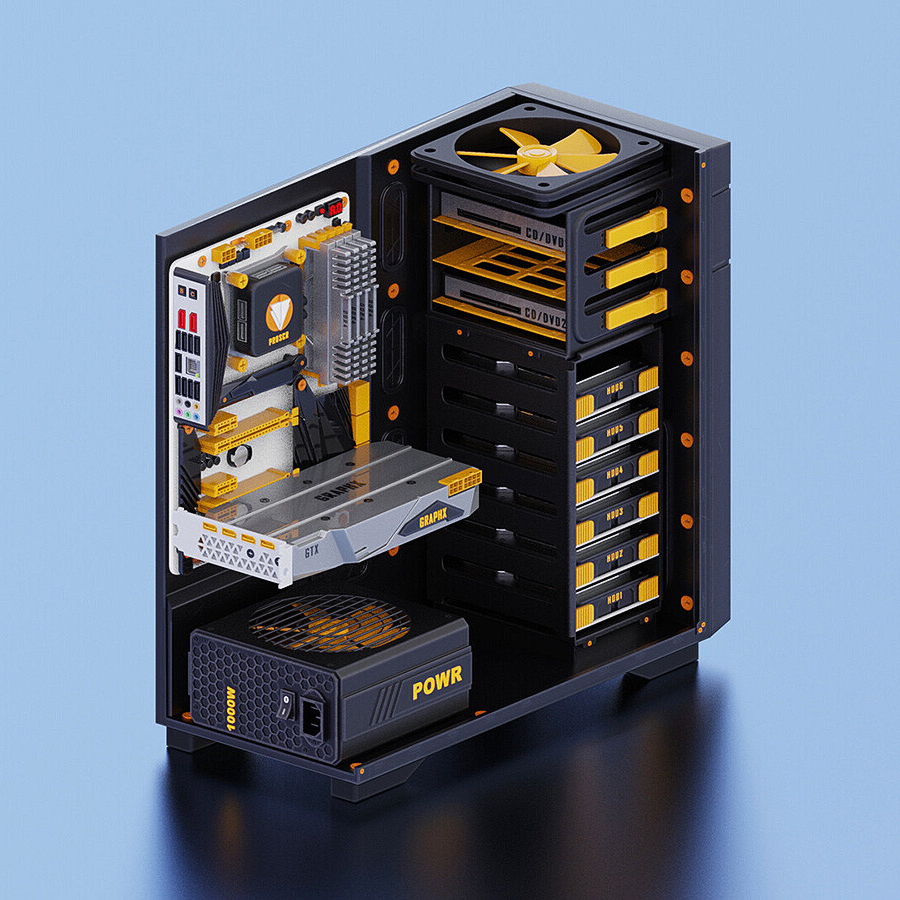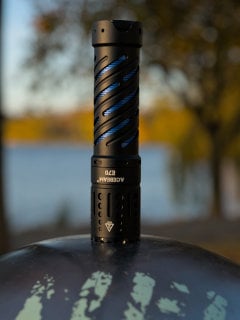

https://en.wikipedia.org/wiki/Wombat
Wombats leave distinctive cubic faeces.[9] As wombats arrange these feces to mark territories and attract mates, it is believed that the cubic shape makes them more stackable and less likely to roll, which gives this shape a biological advantage.
The engineering prowess of the beaver, Australian-style.
I bet the image of one surrounded by poo constructions makes them less-appealing.












https://www.smithsonianmag.com/smart-news/scientists-have-solved-mystery-how-wombats-poop-cubes-180976898/
I imagine it depends on whether the opposite gender finds walls sexy or not. I don’t have a good feel for wombat aesthetics. Maybe they’re into pyramids.
EDIT: This looks more like Stonehenge-level construction than Great Wall of China stuff going on: